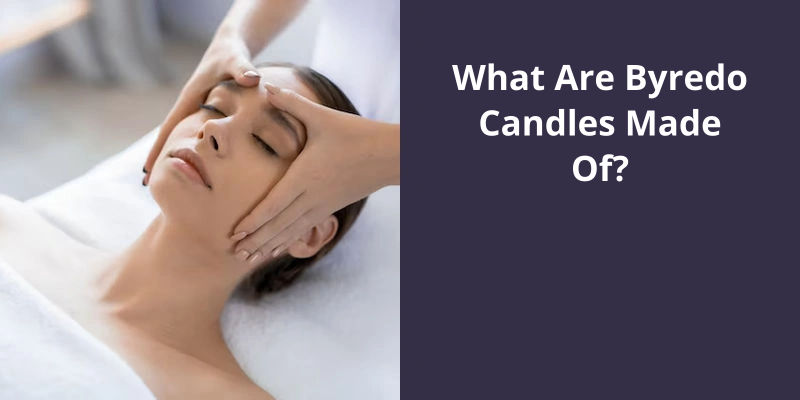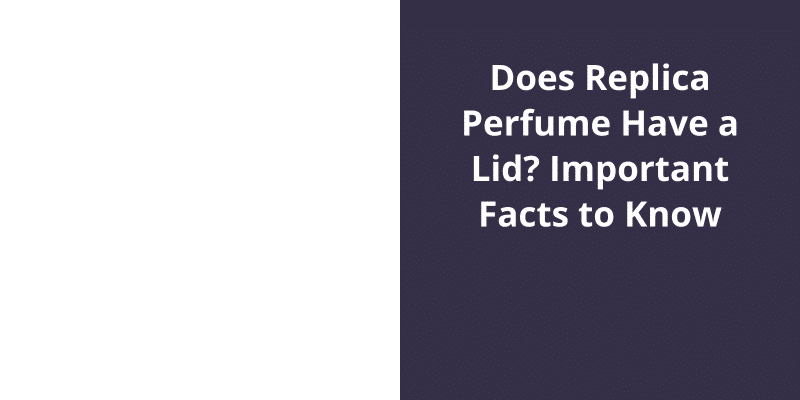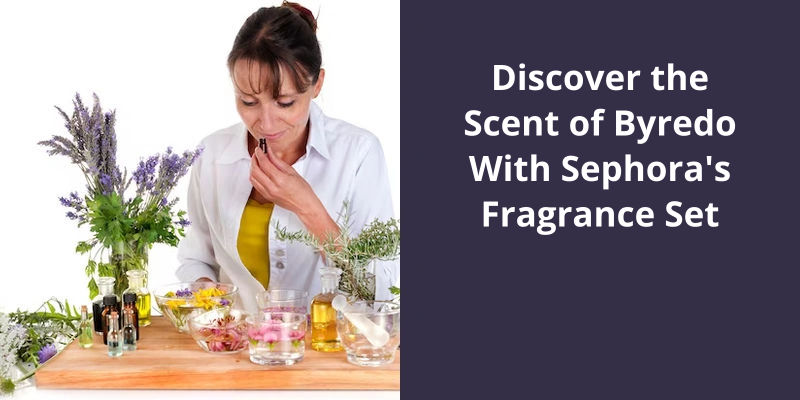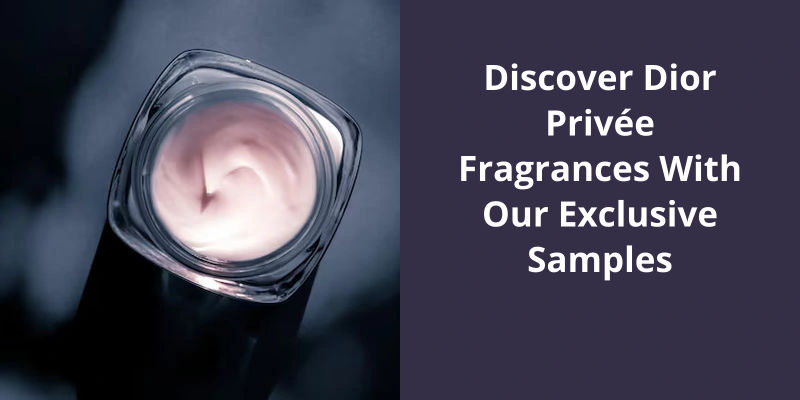To embark on this fragrant journey, it’s crucial to start with a detailed plan and a fragrance brief, outlining your vision and objectives for the line. It’s also essential to conduct extensive research on your target clientele and consumer base to understand their preferences and demands. By identifying your message and establishing your target demographic, you can tailor your fragrances to resonate with your intended audience. Additionally, considering advertising factors and exploring different marketing strategies will help elevate the visibility and reach of your perfume line. Lastly, with the power of the internet at your fingertips, understanding and harnessing online platforms and social media can prove instrumental in promoting and selling your unique fragrances. So if you're ready to venture into the enchanting world of perfumery, let this guide be your compass on the path to creating an exceptional fragrance collection.
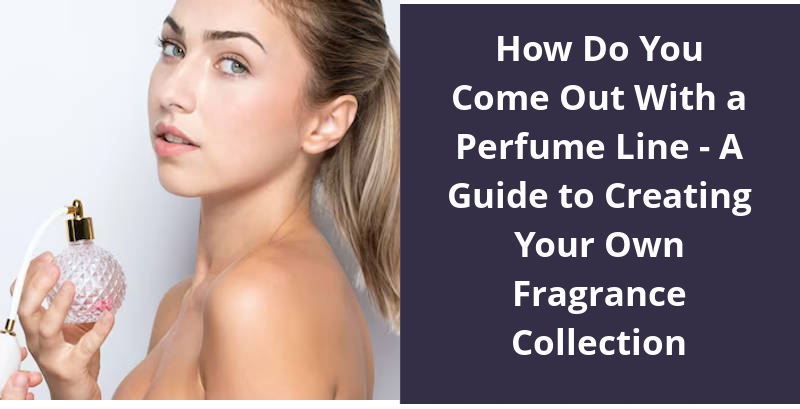
Can I Sell Handmade Perfume?
Creating your own perfume line can be an exciting and fulfilling endeavor. One common question that arises is whether it’s possible to sell handmade perfume. The answer is a resounding yes! Selling homemade perfume opens up a myriad of opportunities, especially in the gift shop market.
Toiletry stores are also worth exploring as potential retail partners. While larger chains may have specific requirements for suppliers, smaller independent toiletry stores could be more open to carrying your handmade perfume. These stores often pride themselves on offering unique and high-quality products. By highlighting the craftsmanship and artistry behind your perfume line, you can capture the attention of these retailers.
When approaching gift shops, independent chemists shops, or toiletry stores, it’s essential to have a well-packaged and professionally presented product. Invest time and effort in designing visually appealing labels and packaging that reflects the quality and essence of your perfume line. This will add value to your product and make it more attractive to potential retailers and customers alike.
In addition to targeting retail stores, another effective way to sell your handmade perfume is through your own online platform. Create an engaging website or e-commerce store that showcases your perfume collection, provides detailed descriptions, and offers a seamless purchasing experience. Leverage social media platforms to promote your brand and engage with potential customers. By tapping into the power of online marketing and e-commerce, you can reach a broader audience and increase your chances of sales.
By strategically targeting gift shops, independent chemists shops, and toiletry stores, you can find retail partners who appreciate and value unique and artisanal products. Additionally, creating your own online platform allows for wider reach and greater control over the selling process.
Tips for Designing Visually Appealing Labels and Packaging for Handmade Perfumes
- Consider the target audience and their preferences
- Use attractive and eye-catching colors
- Choose high-quality and visually appealing images or illustrations
- Keep the design simple and uncluttered
- Use a clear and legible font for all text elements
- Create a cohesive and consistent branding across all packaging
- Incorporate unique and personal touches that reflect the fragrance
- Consider the packaging materials and ensure they enhance the product
- Test the visual appeal of the label and packaging before production
Starting your own perfume line may seem like a daunting and expensive endeavor, but the average cost can be managed within a budget. Creating a unique fragrance, handling filling and assembly, and designing for your perfume brand comes with a price tag that typically ranges from $10,000 to $25,000. However, by investing in professional expertise and careful planning, you can bring your dream perfume line to life without breaking the bank.
Is It Expensive to Start a Perfume Line?
Starting a perfume line can be an exciting and potentially profitable venture. However, like any business endeavor, it comes with a price tag. While the cost to start a perfume line can vary depending on various factors, such as the complexity of the fragrance and the packaging, it’s generally considered to be a significant investment.
This includes various aspects of the process, such as fragrance creation, filling, assembly, boxing, and designing for your perfume brand.
This involves the expertise of a skilled perfumer who’ll work closely with you to develop the unique scent for your brand. Creating a fragrance requires a deep understanding of ingredients, formulation techniques, and market trends. The cost of hiring a professional perfumer can range from a few thousand dollars to several tens of thousands of dollars, depending on the complexity and exclusivity of the fragrance.
Another significant cost factor is the packaging and design of your perfume. The visual appeal of your product plays a crucial role in attracting customers and establishing a brand identity. The cost of packaging materials, such as bottles, caps, and labels, can vary based on the quality and customization options. Additionally, hiring a designer to create visually appealing and professional branding elements, such as logos, can also add to the overall cost.
Other expenses to consider include the filling and assembly of the perfume bottles. This involves the physical preparation of the fragrance, including the blending of ingredients, filling the bottles, and sealing them. Depending on the volume of production and the complexity of the packaging design, this could be a significant cost factor.
It’s important for aspiring perfume line owners to carefully plan and budget for these various expenses. Conducting thorough research, seeking professional advice, and exploring cost-effective options can help mitigate some of the financial challenges associated with starting a perfume line. Additionally, exploring alternative options, such as starting with smaller production runs or collaborating with a contract manufacturer, may also help reduce the initial cost.
The Different Distribution Channels Available for Selling Perfume Products and Their Associated Costs
- E-commerce platforms: This includes popular online marketplaces such as Amazon, eBay, and Etsy. Costs associated with e-commerce platforms include monthly subscription fees, listing fees, transaction fees, and shipping costs.
- Brick-and-mortar retail stores: Physical stores provide a direct and personalized shopping experience. Costs associated with brick-and-mortar stores include rent, utilities, staff wages, inventory management, and marketing expenses.
- Department stores: These large retail stores often have a dedicated fragrance section. Costs for selling perfume products in department stores include slotting fees, commissions, and promotional expenses.
- Specialty perfume stores: Independent perfume boutiques or fragrance-focused retailers may have a niche customer base. Costs associated with specialty perfume stores include rent, staff wages, inventory management, and marketing expenses.
- Duty-free shops: Located in airports, duty-free shops cater to international travelers. Costs for selling perfume products in duty-free shops typically involve rental fees, commission rates, and promotional costs.
- Online fragrance subscription services: Subscription-based platforms deliver perfumes directly to customers’ doors on a regular basis. Costs include packaging, shipping, product samples, and marketing expenses.
- Multi-level marketing (MLM): MLM companies rely on a network of distributors who earn commissions from selling perfumes. Costs for engaging in MLM may include starter kits, monthly fees, and promotional materials.
Source: Everything You Need to Know To Start Your Perfume Line
Starting a perfume collection can be an exciting and fulfilling hobby. However, before diving in, it’s important to adhere to some golden rules to ensure you make wise and informed choices. Avoid blind buying and instead opt for sampling and buying the smallest bottles. Consider weather conditions and your skin chemistry, and don’t solely buy fragrances for compliments. Focus on quality over quantity, and adhere to the three-month rule to truly experience a fragrance. With these guidelines in mind, you’ll be well on your way to building a diverse and curated perfume collection.
How Do I Start a Perfume Collection?
Starting a perfume collection can be an exciting venture, but it’s essential to approach it with caution and careful consideration. Before diving in, it’s crucial to follow some golden rules to ensure a successful and enjoyable experience.
Firstly, it’s highly recommended to avoid blind buying. Blindly purchasing a fragrance without testing it beforehand can lead to disappointment and wasted money. Instead, take the time to sample the perfume or try it on your skin before making a purchase.
When starting a perfume collection, it’s wise to buy the smallest bottles available. This allows for more variety and experimentation without committing to a large quantity. It also helps in preventing the accumulation of unnecessary fragrances that may not suit your tastes or preferences.
Sampling is a vital part of building a perfume collection. It gives you the opportunity to try out different scents and explore various fragrance families. Visit perfume boutiques or request samples from fragrance brands to make informed decisions before purchasing a full-sized bottle.
Consider the weather conditions and your skin chemistry when selecting perfumes. Certain scents may perform differently on hot or cold days, and the composition of your skin can interact with fragrances, altering their scent.
Focus on acquiring great quality perfumes rather than amassing a large quantity. Invest in perfumes that are well-crafted, long-lasting, and provide a unique olfactory experience. This will ensure that your collection is curated with exceptional offerings.
Adhering to the three-month rule is another essential guideline. Before adding a new fragrance to your collection, allow yourself at least three months with each perfume. This period allows you to fully explore the scent, understand it’s nuances, and determine if it truly resonates with you.
Another effective way to market and sell your own perfume is through strategic advertising methods. Creating eye-catching press releases, organizing product demonstrations, and establishing an informative website are essential steps to attract potential customers. Additionally, tapping into the power of social media platforms and offering enticing discounts to first-time buyers can boost sales and create buzz around your brand. Moreover, a more hands-on approach, such as participating in flea markets, can allow you to directly engage with consumers by providing samples and detailed information about the scent and it’s ingredients.
How to Sell Your Own Perfume?
One of the key aspects of selling your own perfume is advertising. To effectively promote your fragrance line, you can start by creating press releases and distributing them to relevant publications or bloggers in the beauty and fashion industry. Press releases help generate attention and create buzz around your brand. In addition, consider organizing demonstrations where potential customers can experience the scents firsthand. This can be done in partnership with beauty stores or boutiques, allowing customers to try your perfumes and learn more about the unique characteristics and ingredients behind each scent.
Having a website dedicated to your perfume line is also essential. A well-designed and informative website serves as an online storefront where customers can explore your collection, learn about the inspiration behind each fragrance, and make purchases. Additionally, setting up social media pages on platforms like Instagram and Facebook can help reach a wider audience. Utilize these platforms to showcase your products, engage with potential customers, and offer exclusive promotions or discounts to first-time buyers.
Engaging with potential customers in person can also be effective. Consider participating in local flea markets or craft fairs where you can set up a booth and distribute samples of your perfumes. Alongside the samples, ensure that there are written materials that provide information on the scent profile, the ingredients used, and any unique selling points. This will help customers understand the quality and craftsmanship behind your fragrance collection.
Creating a strong brand identity is crucial when selling your own perfume. Customers are often drawn to unique and authentic stories behind the products they purchase. This can be done through well-crafted product descriptions, captivating visuals, and engaging storytelling on your website and social media platforms.
Remember, building a successful perfume line takes time and dedication. Be open to feedback from your customers, learn from the industry, and continuously refine your products and marketing strategies.
Tips for Packaging and Presenting Your Perfume Products
When it comes to creating your own fragrance collection, the packaging and presentation of your perfume products is crucial. Here are some tips to make your perfume line stand out:
1. Unique and Eye-Catching Design: Invest in a visually appealing packaging design that reflects the essence of your brand and fragrance. Stand out on the shelves with distinctive shapes, colors, and materials.
2. High-Quality Materials: Choose premium materials for your perfume packaging, such as glass bottles, sturdy boxes, and luxurious finishes. This will enhance the perceived value of your products and create a sense of luxury.
3. Brand Consistency: Ensure that your packaging aligns with your brand identity and the story behind your fragrance line. Use consistent colors, fonts, and graphics to create a cohesive and recognizable brand image.
4. Informative Labels: Include clear and informative labels on your perfume bottles, providing essential details such as the scent notes, ingredients, and your brand’s contact information. This will help customers make informed purchasing decisions.
5. Sample Sizes and Gift Sets: Consider offering sample sizes or mini bottles of your perfumes, as well as curated gift sets. This allows customers to try multiple scents or gift your perfumes to others, increasing their exposure to your brand.
6. Attention to Detail: Pay attention to even the smallest details, such as the quality of the sprayer or the finish of the cap. These small touches can make a big difference in the overall perception of your perfume line.
Remember, packaging is an extension of your brand and plays a significant role in attracting customers and creating a memorable experience. By following these tips, you can ensure that your perfume products are beautifully presented and leave a lasting impression on your target audience.
To break into the fragrance industry and become a perfumer, it’s essential to have a solid foundation in chemistry. Pursuing a bachelor’s degree in chemistry will provide the necessary scientific knowledge needed to understand the chemistry behind scent molecules and formulation. However, studying chemistry alone isn’t enough to master the art of perfumery. Integrating a perfumery school within one of the famous perfumery houses is crucial for attaining practical experience and guidance from seasoned perfumers, serving as mentors. This hands-on approach will allow aspiring perfumers to refine their skills and learn the intricacies of creating captivating fragrances.
How Do I Break Into the Fragrance Industry?
Breaking into the fragrance industry and creating your own perfume line requires a deep understanding of the chemistry behind scents. To begin this journey, it’s essential to study chemistry, preferably at a bachelors level or higher. This foundation in chemistry will provide the necessary knowledge and skills to manipulate and create fragrances.
However, studying chemistry alone isn’t enough. To truly master the art of perfumery, it’s recommended to integrate a perfumery school within one of the famous perfumery houses. These schools offer comprehensive programs taught by experienced perfumers who’ve mastered the craft themselves. By enrolling in such a program, one unlocks the secrets, techniques, and nuances of perfumery.
At a perfumery house, budding perfumers have the opportunity to learn from a mentor, a seasoned professional in the industry. This mentor provides guidance, shares their expertise, and imparts invaluable insights into the art of fragrance creation. The mentorship program allows aspiring perfumers to develop and refine their skills, learning from someone who’s already made significant contributions to the industry.
During their time at the perfumery house, students also have the chance to collaborate with other aspiring perfumers who share the same passion. This collaborative environment fosters creativity, encouraging the exchange of ideas and techniques. By immersing oneself in this vibrant community, aspiring perfumers gain inspiration and develop their own unique creative voice.
It equips aspiring perfumers with the technical knowledge, artistic skills, and mentorship needed to succeed in this competitive field.
Conclusion
In conclusion, starting your own perfume line requires careful planning, research, and strategic decision-making. Identifying your message and establishing your target demographic will further enhance your brand's identity and appeal. Moreover, considering advertising factors and understanding the power of the internet will enable you to reach a wider audience and build a strong online presence. By following these steps, you can successfully create and launch your own fragrance collection, establishing your brand in the competitive perfume industry.


